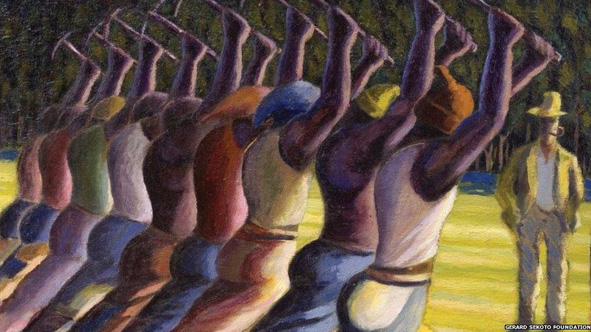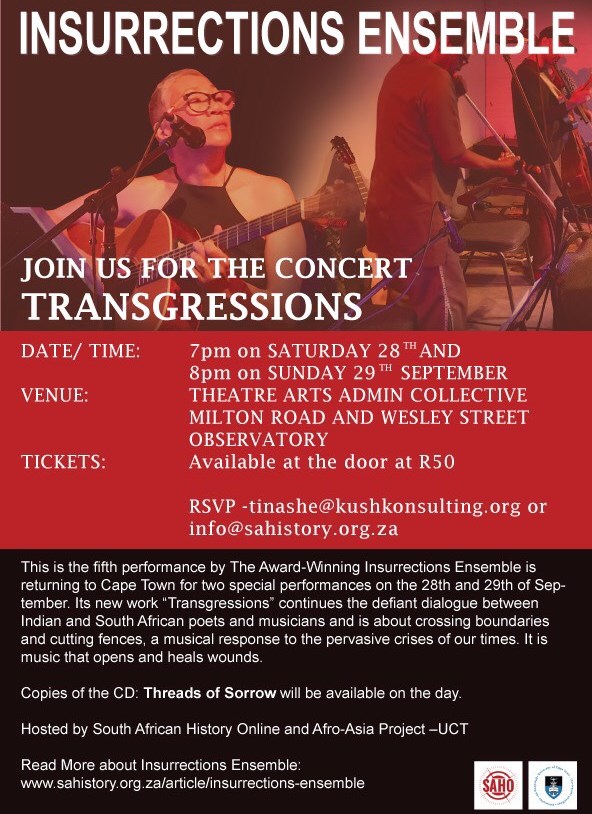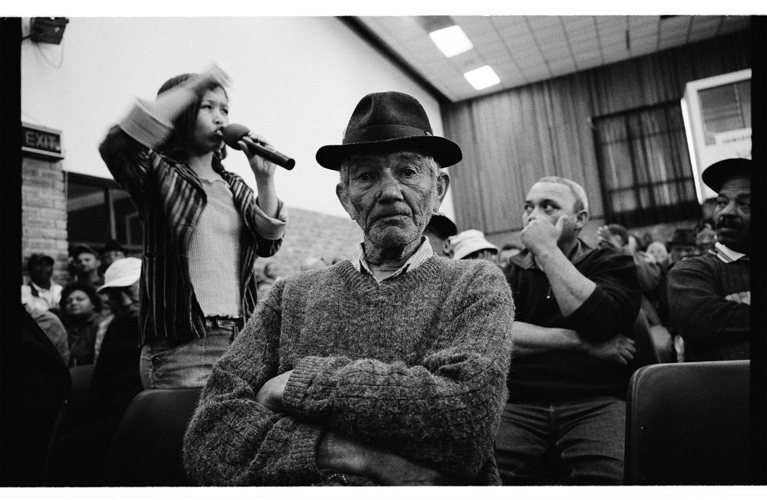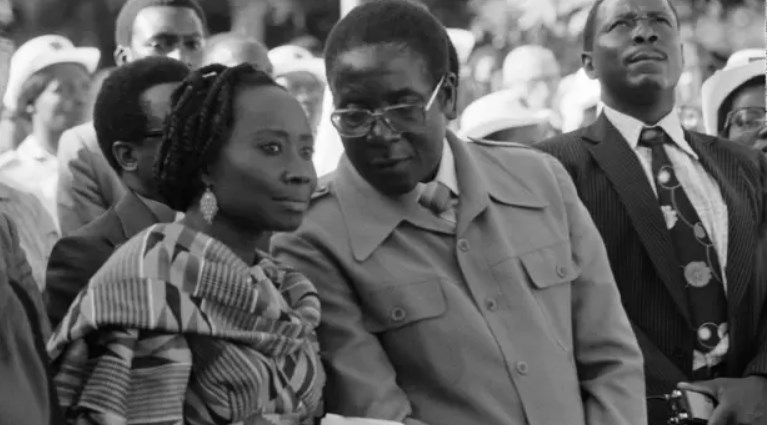On 12 May 2018, legendary photographer Sam Nzima passed away at the age of 83 in hospital in Nelspruit, Mpumalanga. Nzima was born in Lillydale a small village in Bushbuck Ridge, Limpopo. He grew up in a farm where his father worked and his family lived. Nzima’s teacher had a camera and he was interested to see pictures coming out from a box, and then he bought himself a small Kodak Box Brownie.
During the school holidays, he used to go to the Kruger National Park and charge people to take their photographs. This legendary photographer is known for taking the picture of Hector Pieterson during the 1976 Soweto uprising. Hector Pieterson was shot by the apartheid police in 1976 when students in Soweto where fighting against the imposition of Afrikaans. Nzima leaves behind his wife, a son, Thulani, and family. He was buried at the Sam Nzima’s legacy museum and cultural village site at Lillydale B (Mabarhule), Bushbuckridge, Mpumalanga.






